Sourdough Bread Benefits, Nutrition Profile, & Side Effects
From reducing the risk of heart disease to helping you lose weight – this yummy bread can do wonders!

Image: Shutterstock
Sourdough is a delicious bread made by the fermentation process using lactic acid bacteria and natural yeast. It is rich in nutrients and has been used to improve the texture, quality, aroma, and shelf-life of bread. Intake of sourdough bread benefits your health in a number of ways. Its regular consumption can help reduce the risk of coronary heart diseasei A disease caused by plaque buildup in the arteries, reducing blood flow and leading to damage to blood vessels in the heart. and type 2 diabetes. The lactic acid bacteria in the bread offers a sour taste to the bread.
This article delves deeper into the potential health benefits of sourdough bread supported by scientific research, its nutritional breakdown, possible side effects, and some easy and delicious homemade recipes. Keep reading.
 Know Your Ingredient: Sourdough Bread
Know Your Ingredient: Sourdough BreadWhat Is It?
A bread made through the fermentation process, using lactic acid bacteria and yeast.
What Are Its Benefits?
Rich in dietary fiber, helps reduce the risk of coronary heart disease, and aids in weight loss.
Who Can Consume It?
It is a great addition to the everyday diet.
How Often?
Around 3 to 4 slices in a day for optimal health.
Caution
People with gluten intolerance and celiac disease might face severe health issues from its consumption and should consult a healthcare provider before doing so.
In This Article
What Is Sourdough Bread?
Anthony Puopolo, MD, Chief Medical Officer at RexMD, says, “Sourdough bread is a naturally leavened bread made using a fermented ’starter.’ If you are familiar with the process of making something like kombucha, or sauerkraut, a similar process is used in the making of sourdough bread.”
It is quite different from our regular bread. He explains, “Without an activated yeast, the bread rises from natural bacteria in the starter. In many cases, this causes sourdough to be easier on those with gluten sensitivities. It also contains healthy bacteria and probiotics.” Probiotics are known to be gut-friendly, making sourdough bread a healthy treat for your digestive system. However, it is also loaded with other nutrients as well, so let’s take a look at sourdough bread’s nutrition profile.

 Trivia
TriviaKey Takeaways
- As sourdough bread rises from the natural bacteria in the starter, it contains healthy bacteria and probiotics.
- The lactic acid bacteria in the bread increases the availability of nutrients like folate, potassium, and magnesium.
- Sourdough bread is a food with a low glycemic index and thus may help manage blood sugar levels and weight and boost cardiovascular health.
Nutritional Profile Of Sourdough Bread
A 100g serving of sourdough bread contains (1):
| Calories | 272 kcal |
| Proteins | 10.8 g |
| Carbohydrates | 51.9 g |
| Total lipids (Fat) | 2.42 g |
| Dietary fiber | 2.2 g |
| Calcium | 52 mg |
| Sodium | 602 mg |
| Potassium | 117 mg |
| Phosphorus | 105 mg |
| Magnesium | 32 mg |
| Iron | 3.91 mg |
| Niacin | 4.82 mg |
, RD, explains, “Sourdough bread is particularly rich in nutrients that the body can more easily absorb because the lactic acid bacteria in the bread increase the availability of nutrients like folate, potassium, and magnesium. Sourdough bread can also act as a prebiotic and enhance the microbial population in the gut.” The next section explains several other health benefits of sourdough bread. Scroll down.
6 Potential Health Benefits Of Sourdough Bread
1. Increases Bioavailability Of Nutrients
The bioavailability of nutrients is the proportion of the nutrients digested, absorbed, and metabolized by the body. The body cannot absorb and utilize all nutrients in the food. Sourdough fermentation can help reduce this nutrient waste.
The bacteria in the bread interact with the nutrients in the whole grain, solubilize them, and help the body absorb each nutrient. Moreover, the lactic acid bacteria (LAB) in the bread may also reduce certain allergens and antinutritional phytate compounds (2), (3).
2. Low Glycemic Index

Sourdough fermentation (wheat flour dough) produces lactic acid that reduces the GI of bread by delaying starch digestion and absorption. Low GI foods are beneficial for people with type 2 diabetes as they can slow down insulini A hormone produced by the beta cells present in the pancreas that is responsible for regulating glucose in the blood. secretion and help manage blood sugar levels (4), (5), (6).
The GI of 30 g serving of sourdough bread (wheat) is 54, and whole wheat bread is 71. Consuming large amounts of carbohydrates (in regular bread) causes insulini A hormone produced by the beta cells present in the pancreas that is responsible for regulating glucose in the blood. resistance and risk of diabetes.
3. May Help In Weight Management
Low-GI diets may promote weight loss by boosting satiety, reducing post-meal insulini A hormone produced by the beta cells present in the pancreas that is responsible for regulating glucose in the blood. release, and retaining insulini A hormone produced by the beta cells present in the pancreas that is responsible for regulating glucose in the blood. sensitivity.
Sourdough bread contains metabolically active compounds that increase satiety by influencing gastrointestinal hormone responses. This may help you with portion control (7), (8).
4. Reduces Risk Of Cardiovascular Diseases

Consuming sourdough bread lowers inflammation and improves the cardiometabolic profile. This helps reduce the risk of metabolic syndromesi A group of serious conditions that increase the risk of type 2 diabetes, stroke, and heart disease. Also referred to as syndrome X. associated with insulini A hormone produced by the beta cells present in the pancreas that is responsible for regulating glucose in the blood. resistance (cardiometabolic syndrome), like hypertensioni A common condition due to which the force of blood in the arteries turns excessive, leading to high blood pressure in the body. , unhealthy lipid levels (dyslipidemia), and abdominal fat accumulation (central adiposity) (9).
5. Rich In Dietary Fiber
Sourdough bread is rich in dietary fiber. High dietary fiber intake is associated with lower risks for coronary heart diseasei A disease caused by plaque buildup in the arteries, reducing blood flow and leading to damage to blood vessels in the heart. , stroke, hypertensioni A common condition due to which the force of blood in the arteries turns excessive, leading to high blood pressure in the body. , diabetes, obesity, and certain gastrointestinal diseases. Eating more fiber lowers blood pressure, blood sugar, and cholesterol levels (10).
6. May Lower Risk Of Cancer
Sourdough bread made from rye can reduce cancer risk. The key rye benefit in this regard is attributed to its lignans which is a source of cancer-protective phytoestrogensi Compounds derived from plants that perform similar functions as estrogens in the body and are effective in controlling symptoms of menopause. . Researchers believe that phytoestrogensi Compounds derived from plants that perform similar functions as estrogens in the body and are effective in controlling symptoms of menopause. from various sources (including sour bread) may reduce the risk of breast cancer. However, more scientific evidence is required to establish this claim (11).
In the past few years, food nerds have switched loyalties from whole grain bread to sourdough bread. It is old-fashioned, comforting to the palate, and a treat to the eyes. You can easily prepare it at home and consume it in multiple ways. Ahead, we have discussed ways to prepare and add sourdough bread to your diet.
How To Add Sourdough Bread to Your Diet

Keith-Thomas Ayoob, EdD, RD, FAND, says, “You can certainly use it in any way you use regular bread: sandwiches, toast, even leftover stale sourdough makes great breadcrumbs, croutons, and more. Also, use it as your ’grain’ or starch at dinner, instead of rice, pasta, or potatoes.”
He adds, “Bread was often considered a nice little add-on to the meal, but good sourdough can hold its own as a side dish, topped with avocado, chopped tomatoes (think bruschetta), and it makes a great grilled cheese sandwich.”
You can make it healthier than regular wheat bread.
Stacey Krawczyk, MS, RD, advises, “Since sourdough’s nutrient composition is reflective of the grain flour used to make it, you could use a 50-50 white flour-whole wheat flour blend so that you still get the great taste of sourdough but with the additional benefits of whole grains.”
She adds, “Some people may not like the full whole-grain bread texture, so blending provides the best of both worlds. For additional benefits and taste, you can also try sprouted grain sourdough bread as another option.”
How To Make Sourdough Bread

What You Need
- 100 g sourdough starter
- 250 g water
- 8 g kosher salt
- 400 g bread flour
- Rice flour for dusting
How To Prepare
- Combine starter, water, salt, and bread flour to make a sticky dough.
- Cover with aluminum foil and let it rest for four hours at 70-75°F.
- Fold the dough over 3-4 times with wet hands. Wrap with foil and allow it to ferment for another two hours.
- Dust the banneton generously with rice flour.
- Spread out the dough on a lightly floured surface. Shape into a smooth ball with an unbroken surface, using just enough flour to prevent sticking.
- Place the smooth side down on the banneton. Pinch the rough edges of the surface toward the center to shape the dough.
- Cover and refrigerate for 12 hours to slow the fermentation process.
- Let the loaf rise in a warm spot for 3-5 hours or until it springs back and retains a slight indentation when poked with a finger.
- Preheat the oven to 450°F. Put parchment paper on a baking sheet.
- Sprinkle flour on the dough’s surface. Place the baking sheet on top of the banneton and carefully invert the dough into it.
- Dust off the excess rice flour. Make a shallow slit across the center of the dough by scoring it with a sharp knife. Wet the entire surface lightly.
- Bake the bread until it is browned or for 25 to 30 minutes. Cool it on a rack.
You may need to follow and try this recipe multiple times to get perfect at making this bread. Elizabeth, a blogger, shares how she bakes sourdough bread, food she grew up eating. She writes, “I can’t just whip up a loaf of bread, I always have the recipe right next to me and I have been practicing for years. In the past, I’ve had as many bread failures as successes I think, but I kept at it (i).” She was able to perfect her starter recipe after multiple tries.
 Trivia
TriviaCommon Mistakes To Avoid
Some of the common mistakes people make when making sourdough bread are given below. Make notes to avoid them.
- Do not rush the process; sourdough needs time to develop flavor and rise properly.
- Ensure your starter is bubbly and active; an inactive starter leads to poor results.
- Measure ingredients carefully using a kitchen scale to get consistent results.
- Knead or fold the dough enough to build structure and create an airy texture.
- Allow the dough to fully rise before baking to prevent a dense, flat loaf.
These tips will help you avoid common sourdough mistakes and get a great result!
Popular Recipes To Try
1. Roasted Chicken with Sourdough Bread
What You Need
- 1 whole chicken
- 3 thick slices of sourdough bread
- 3 garlic cloves (peeled)
- 1 bunch of fresh thyme
- 1 bay leaf
- 3 tablespoons of olive oil
- 1 cup of sour cream
- 1 tablespoon of shallot (peeled and grated)
- 1 teaspoon of chili pepper
- 1 lemon (halved)
- 1 tablespoon of lemon juice
- 1 teaspoon of lemon zest
- Salt as needed
- Black pepper (freshly ground) as needed
How To Prepare
- Preheat the oven to 450°F.
- Apply salt, lemon juice, and pepper to the cavity and back of the chicken.
- Place the lemon peels, thyme, bay leaf, and garlic inside the cavity.
- Drizzle olive oil at the bottom and top of the sourdough slices and place it in a pan.
- Put the chicken on top of the bread slices and tie the legs with kitchen twine.
- Season the outside of the chicken with salt and olive oil. Cook the chicken in the preheated oven for an hour.
- Combine sour cream, grated shallot, and chili pepper in a small bowl to make the sauce. Mix two tablespoons of lemon juice and two tablespoons of lemon zest. Chill until needed.
- Flip the chicken on the bread slices.
- Brush the sauce evenly on the outside of the chicken, allowing it to drip down onto the bread.
- Put it back into the oven for 10 minutes or until the glaze turns brownish. Brush generously with more sauce and bake for another 10 minutes.
- Boil the remaining sauce. Stir for a minute or two as the shallots cook, and the sauce reduces slightly. Turn off heat.
- Place the chicken on a cutting board. Slice it and the bread pieces. Add thickened sauce to chicken and serve with toasted bread.
2. Jalapeno Cheese Dip With Sourdough Bread
What You Need
- 1 can of jalapeno peppers (diced)
- 1 round loaf of sourdough bread
- 1 cup of Parmesan cheese (shredded)
- ½ cup of shredded cheddar cheese
- 1 cup of mayonnaise
- 1 can of green chilies (chopped)
How To Prepare
- Preheat the oven to 350°F.
- Mix all ingredients in a bowl.
- Make a bowl out of the sourdough bread (cut off the top and hollow out the center). Fill it with the jalapeno mixture.
- Bake for 30 minutes.
Although sourdough bread is the healthiest of all types of bread out there, it is always not recommended for all.
Possible Side Effects of Sourdough Bread

Since it is a fermented product, some people may experience bloating. However, it is considerably less than other bread (8).
Galvin says, “It does have a lower gluten load than regular bread. However, if you are celiac, have a true allergy to wheat, or a more severe form of gluten sensitivity, sourdough is not recommended because it is not gluten-free or wheat-free.”
Sourdough bread may help improve your overall health. But is it better than regular bread? Find out in the next section.
Sourdough Bread Vs. Regular Bread
There are several key differences between sourdough and regular bread. Sourdough bread is made through a natural fermentation process using wild yeast and lactic acid bacteria, which gives it a distinctive tangy flavor. This allows the dough to break down gluten and phytic acid, potentially making it easier to digest (12). On the other hand, regular bread uses commercial yeast. Moreover, it’s less nutritious than sourdough bread.
Additionally, sourdough’s lower glycemic index causes a slower rise in blood sugar levels compared to regular bread (13). This makes it beneficial for people to monitor their blood sugar levels. Therefore, sourdough bread is definitely better than conventional bread.
Infographic: 5 Reasons For Eating Sourdough Bread
Sourdough bread, with its tangy flavor and unique texture, is more than just a culinary delight. It is rich in fiber and other essential nutrients that may help in weight loss and improve heart health. Check out the infographic below to know more about the reasons for adding sourdough to your diet.
Some thing wrong with infographic shortcode. please verify shortcode syntaxIt may be worth switching from regular white bread to sourdough bread because of its many health benefits. It is more nutritious as it is replete with healthy carbs, dietary fiber, vitamins, and minerals. Sourdough bread’s benefits range from reducing the risk of heart disorders to promoting nutrient absorption. It has a low glycemic index and is a good bread option for those watching their after-meal blood sugar spikes. However, overindulging in it may lead to gas and bloating due to its fermented nature. Hence, limit its consumption and seek medical advice if you experience any side effects.
Frequently Asked Questions
Is sourdough bread healthier than white bread?
Possibly. While they have similar nutritional profiles, sourdough bread is beneficial for gut health because it stimulates the growth of healthy gut bacteria (12).
Can I eat sourdough bread every day?
Yes, but in moderation. Sourdough bread is among the healthiest bread types. However, excess consumption may lead to bloating and other gastrointestinal problems.
Is sourdough bread a probiotic?
Yes. Its lactic acid bacteria (LAB) content supports gastrointestinal health.
Is sourdough bread good for kidneys?
While there is limited research regarding this, anecdotal evidence suggests that sourdough may not be beneficial for kidneys.
Illustration: Sourdough Bread Benefits, Nutrition Profile, & Side Effects
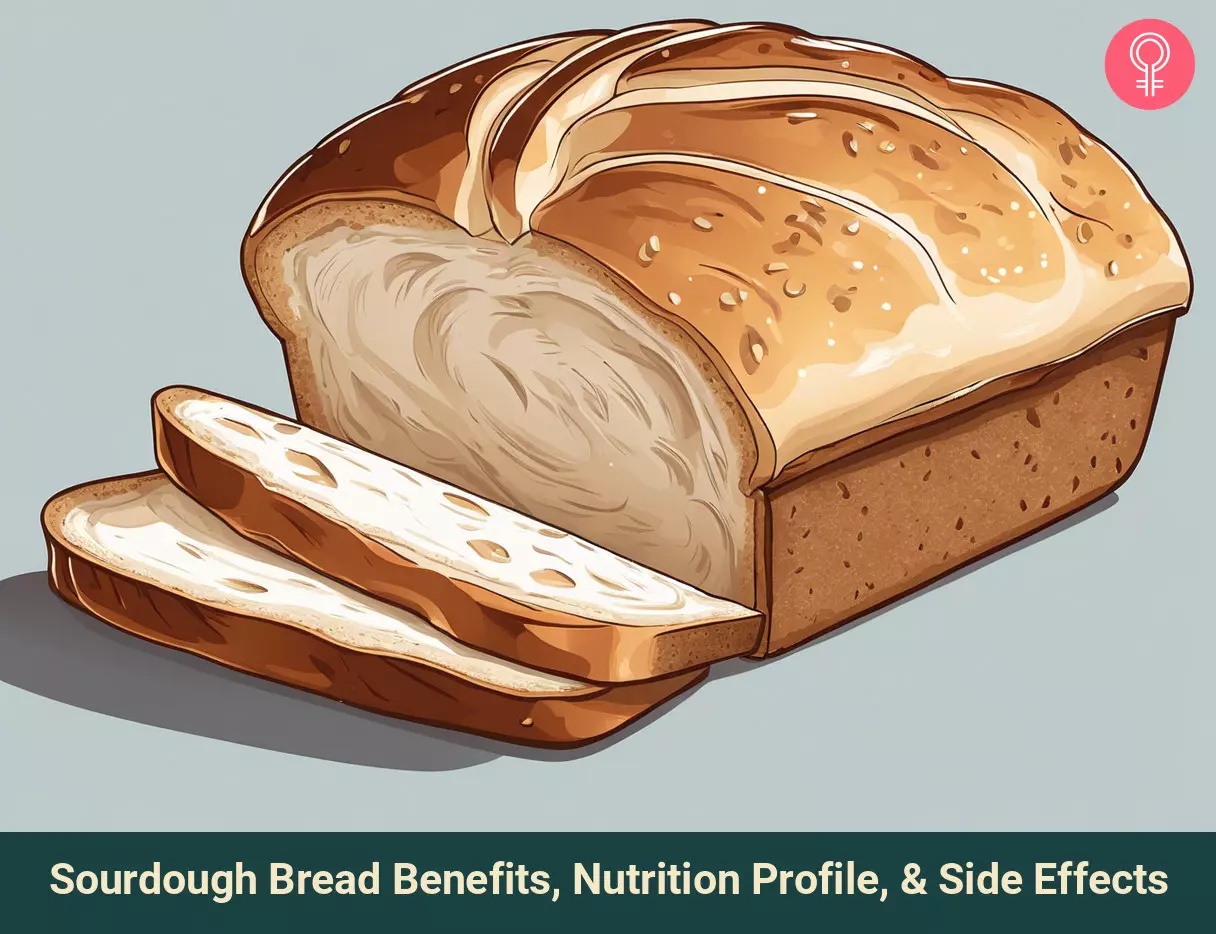
Image: Stable Diffusion/StyleCraze Design Team
Discover the amazing health benefits of sourdough bread! Learn how it can help improve digestion, boost immunity, and more! Watch this video now.
Personal Experience: Source
StyleCraze's articles are interwoven with authentic personal narratives that provide depth and resonance to our content. Below are the sources of the personal accounts referenced in this article.
i. Sourdough Bread Starterhttps://ohiothoughtsblog.blogspot.com/2015/01/perfect-sourdough-bread.html
References
Articles on StyleCraze are backed by verified information from peer-reviewed and academic research papers, reputed organizations, research institutions, and medical associations to ensure accuracy and relevance. Read our editorial policy to learn more.
- FoodData Central
https://fdc.nal.usda.gov/fdc-app.html#/food-details/172675/nutrients - Effect of sourdough fermentation and baking process severity on dietary fibre and phenolic compounds of immature wheat flour bread
ttps://www.sciencedirect.com/science/article/abs/pii/S0023643817302980 - Nutritional quality and nutrient bioaccessibility in sourdough bread
https://www.sciencedirect.com/science/article/abs/pii/S2214799321000291 - Relevance of the Glycemic Index and Glycemic Load for Body Weight Diabetes and Cardiovascular Disease
https://www.mdpi.com/2072-6643/10/10/1361 - The Mediterranean way: why elderly people should eat wholewheat sourdough bread—a little known component of the Mediterranean diet and healthy food for elderly adults
https://link.springer.com/article/10.1007/s40520-019-01392-3#Sec2 - Glycemic index glycemic load and risk of type 2 diabetes
https://academic.oup.com/ajcn/article/76/1/274S/4689498?login=true - Glycemic index and obesity
https://academic.oup.com/ajcn/article/76/1/281S/4689499?login=true - Postprandial Gastrointestinal Function Differs after Acute Administration of Sourdough Compared with Brewer’s Yeast Bakery Products in Healthy Adults
https://academic.oup.com/jn/article/148/2/202/4913040?login=true - Effect of consumption of ancient grain bread leavened with sourdough or with baker’s yeast on cardio-metabolic risk parameters: a dietary intervention trial
https://www.tandfonline.com/doi/full/10.1080/09637486.2025.1799956?scroll=top&needAccess=true - Health benefits of dietary fiber
https://academic.oup.com/nutritionreviews/article/67/4/188/1901012?login=true - Nutrition and primary prevention of breast cancer: foods nutrients and breast cancer risk
https://www.sciencedirect.com/science/article/abs/pii/S0301211505002344 - Sourdough Fermented Breads are More Digestible than Those Started with Baker’s Yeast Alone: An In Vivo Challenge Dissecting Distinct Gastrointestinal Responses
https://www.ncbi.nlm.nih.gov/pmc/articles/PMC6950244/ - Effect of Different Fermentation Condition on Estimated Glycemic Index, In Vitro Starch Digestibility, and Textural and Sensory Properties of Sourdough Bread
https://www.researchgate.net/publication/349717398_Effect_of_Different_Fermentation_Condition_on_Estimated_Glycemic_Index_In_Vitro_Starch_Digestibility_and_Textural_and_Sensory_Properties_of_Sourdough_Bread
Read full bio of Shivani Sikri
Read full bio of Payal Karnik
Read full bio of Ravi Teja Tadimalla
Read full bio of Aparna Mallampalli











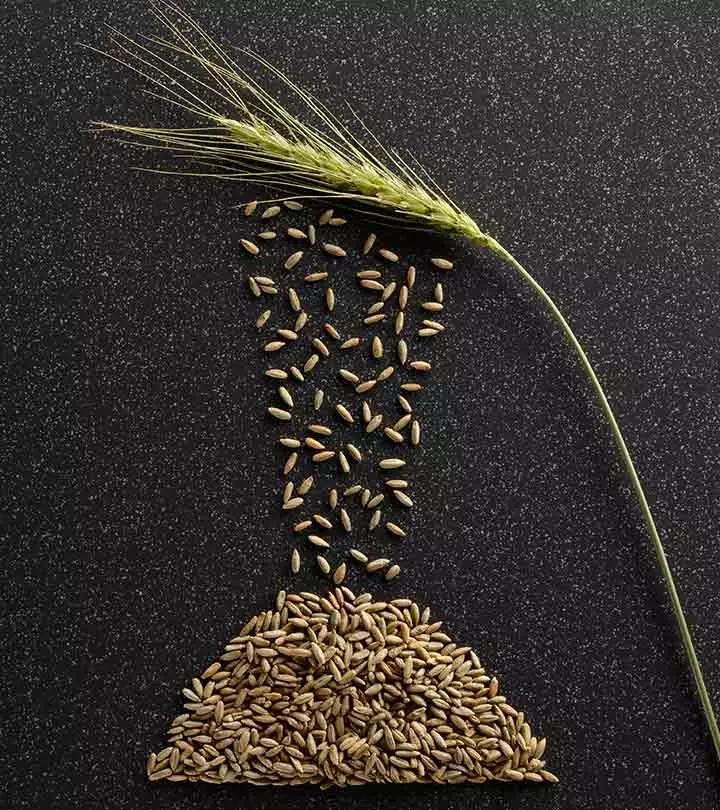
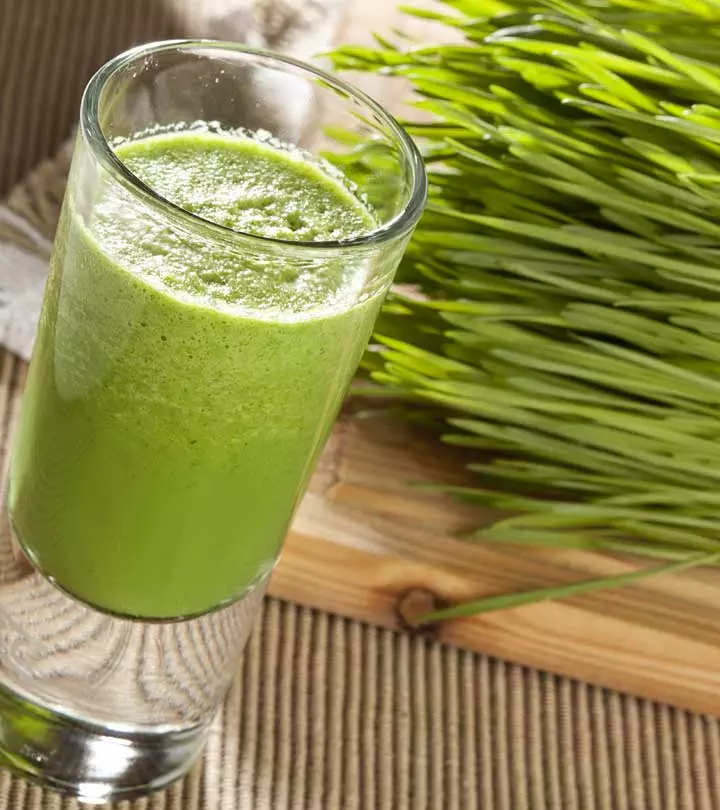





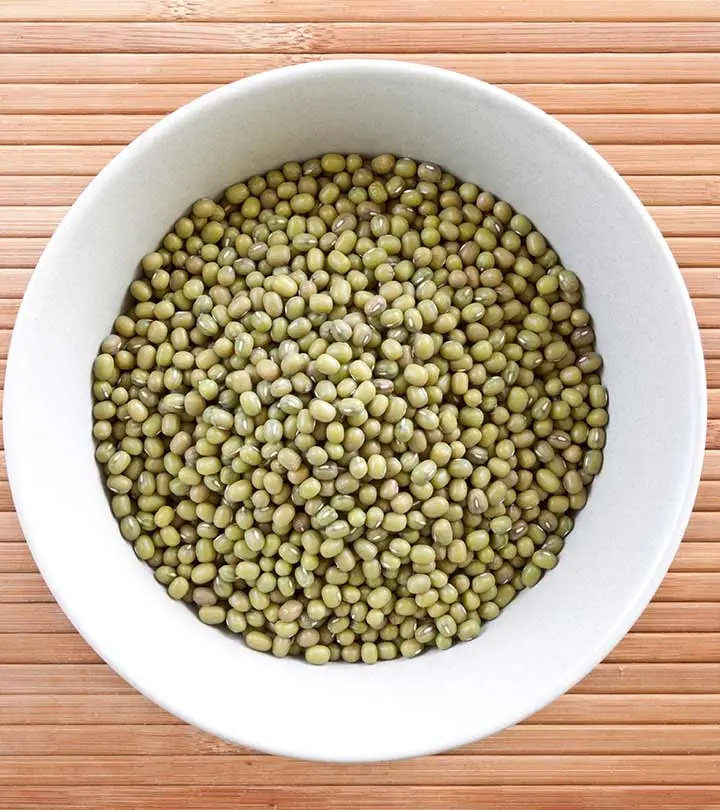





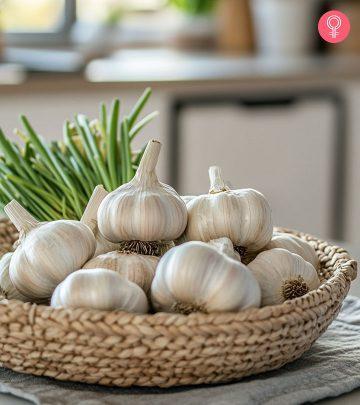
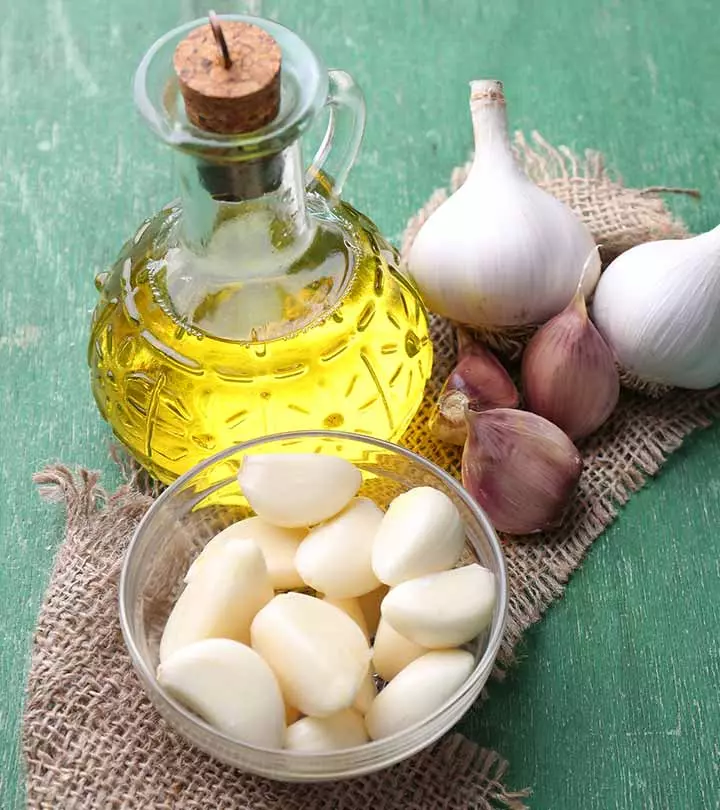
Community Experiences
Join the conversation and become a part of our empowering community! Share your stories, experiences, and insights to connect with other beauty, lifestyle, and health enthusiasts.